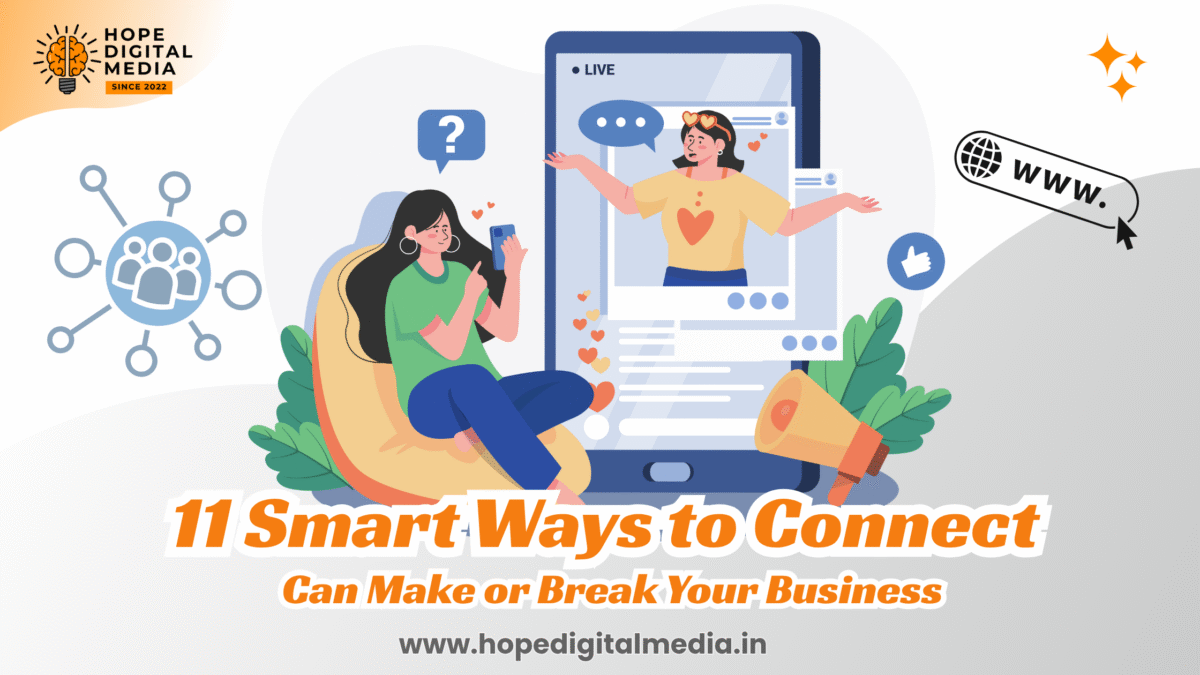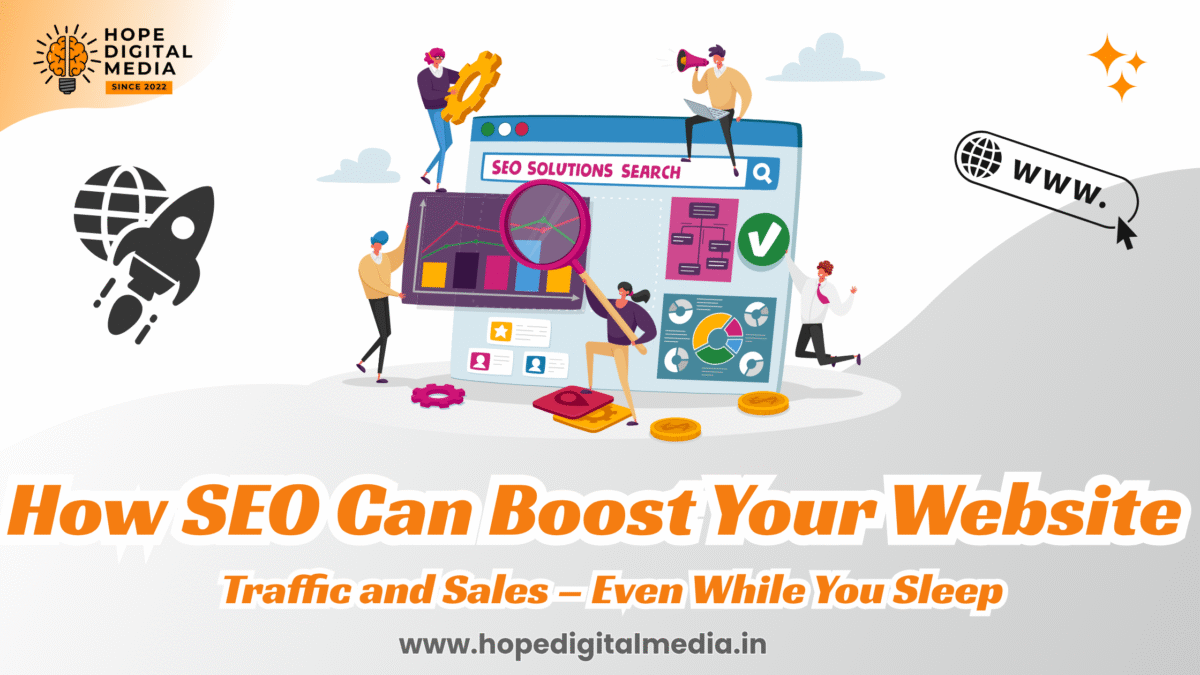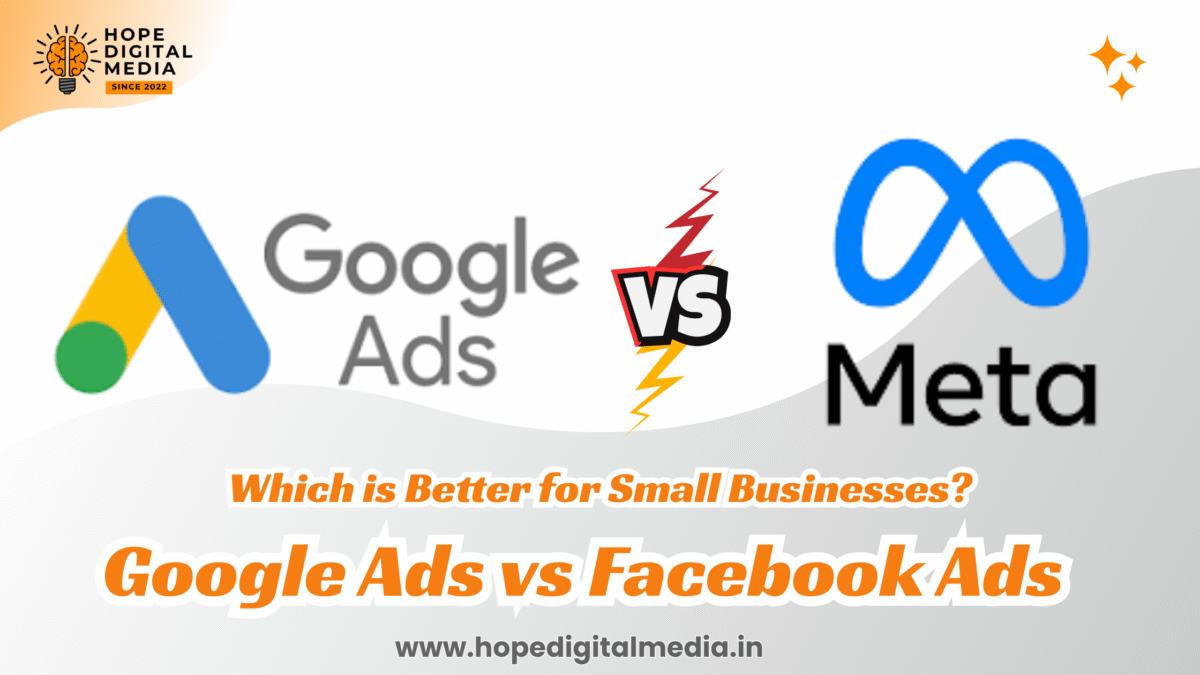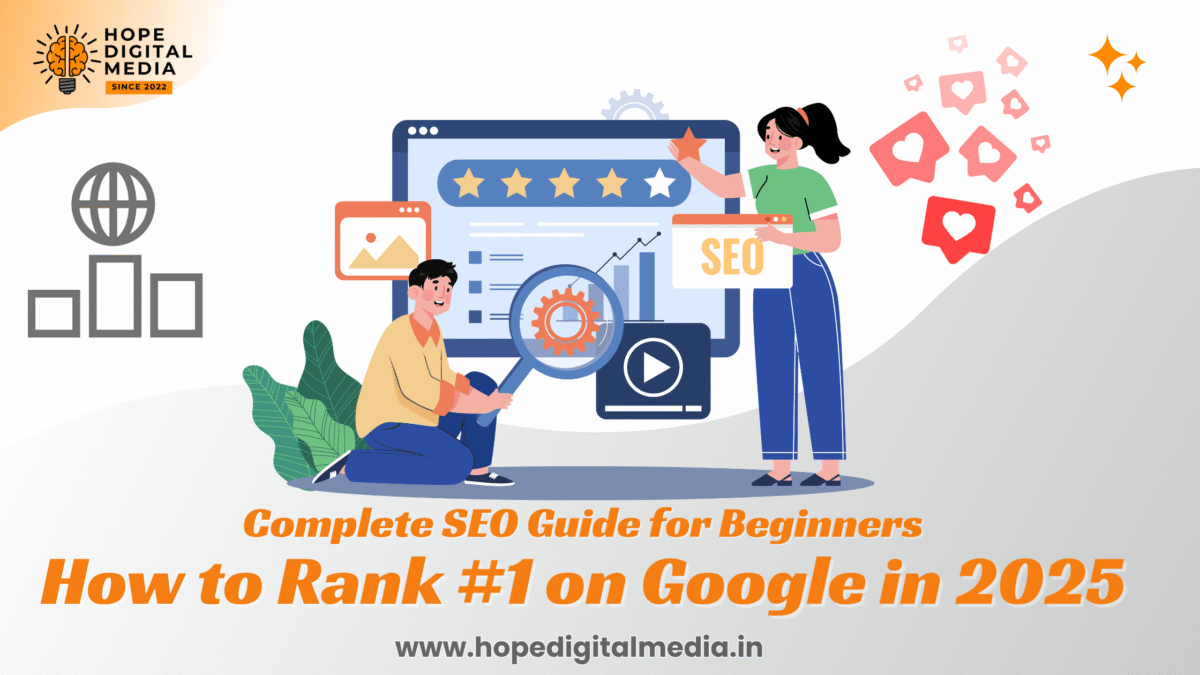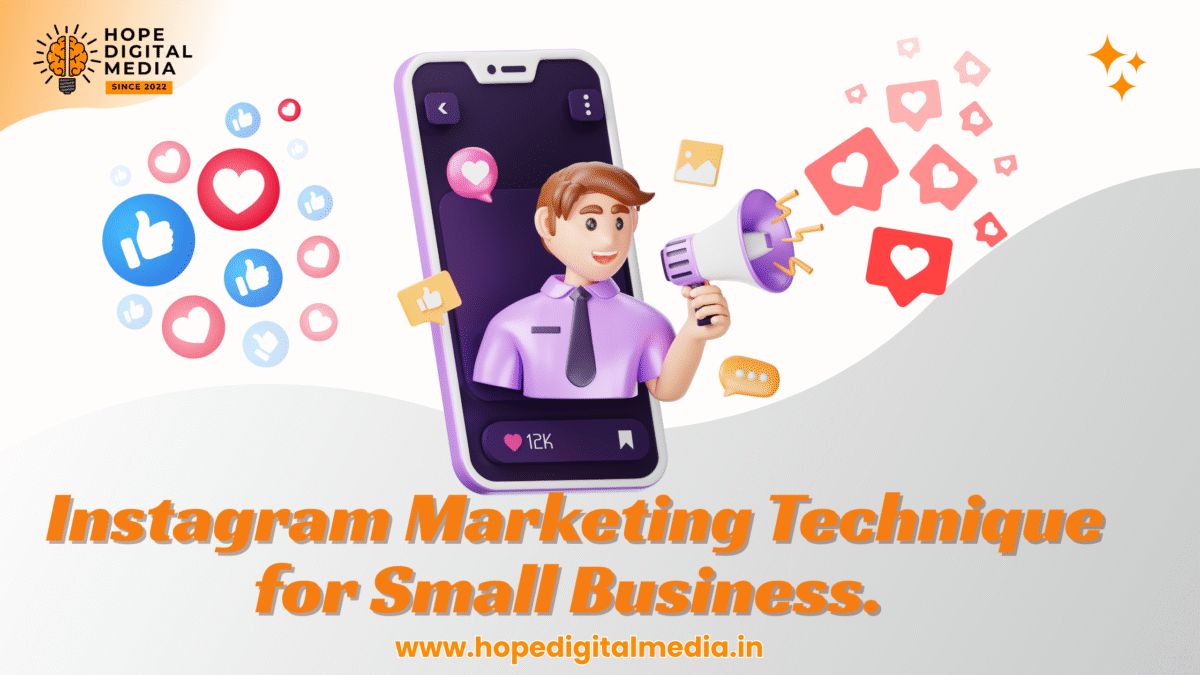11 Smart Ways to Connect Through Stories on Social Media
Great social media content may also offer an equally rich Every story we read as kids had a beginning, middle, and conclusion; a conflict or climax; and a moral lesson of some kind. message when executed properly. A great story teaches us something about the world and ourselves; it’s not simply about words. A compelling story is also told by excellent content marketing. As customers expect more from businesses, we are witnessing increasingly creative applications of storytelling in brand development, some with the use of artificial intelligence (AI). Instead of just purchasing something because it’s “cool,” more customers are interested in a brand’s ethos and mission to determine whether it is dedicated to something significant (like a social issue or cause). What is the most effective approach to share a story on social media, then? Let’s examine 11 fantastic methods! Create a Story Arc (Long) In basically, a story is a series of events with certain basic components. Social media gives you many opportunities to express stories in novel ways that go beyond conventional advertising and storytelling. You may have limitations (like length), but you also have a lot of tools at your disposal. It’s crucial to consider your end goals and work backwards when creating social media content as part of a campaign or advertising strategy. Ask yourself things like: What does your business’s goal look like in a year or five years? • In terms of your goal or desired audience, where would you like to be? • How do you intend to grow both internationally and demographically? • How do you compare with your competition? What if you could take your audience and customers on a longer journey? Every image, blog post, video, and clip should create a tiny story on its own. Considering how every piece of content adds to your brand and business narrative, you have the ability to ‘hook’ individuals over time. The beginning, middle, and end of your “story arc” can be thought of in this way. Not just for every piece of content, but also in relation to your long-term objectives and USP. Let’s examine the beauty company Dove as a prime example. The company, which started out as a soap brand, has made storytelling the focal point of its marketing efforts in an effort to empower women by spreading a message of acceptance and self-worth. To increase awareness of the possible effects of artificial intelligence in the beauty business, Dove launched their The Code campaign. In spite of artificial intelligence (AI)-generated or phony images that pushes women to change their appearance due to online influences, the advertisement below attempts to encourage them to maintain authenticity in beauty. Don’t Tell, Show Whether it relates to social media or any other form of advertising, showing is always better than telling when it comes to conveying a message. What does this signify, though? In the context of social media, this may be as easy as making an engaging infographic or video or combining a captivating image with an attention-grabbing title to swiftly convey your message—or the main idea of it. You only have a few seconds to convey your message, so why not make it as concise and eye-catching as you can? This’show, don’t tell’ storytelling is exemplified by the technology platform GoPro. Although they do have promotional videos to showcase their latest camera, most of them demonstrate how to use their cameras and the amazing results they produce. Not only does the GoPro team upload footage, but millions of users also wish to share their athletic accomplishments. The ‘Best of 2024’ on YouTube is compiled here, showcasing the capabilities of their cameras without promoting the product but demonstrating its use! Write Like an Author Do you have any experience writing fiction or non-fiction online or in copywriting? Although some skill does help, you actually don’t need to be an expert in any field to master storytelling on social media. However, what will draw attention are originality, audacity, and the kind of message that gets right to the point—or at the very least, teases the incredible things that are about to happen. Sometimes, depending on your audience, this will include more of a story with some standard narrative components. Consider the hero’s journey, which usually has an unexpected hero (the protagonist) who is forced to take a life-altering action (save the world from destruction). Your audience will likely be interested right away if you can use the same techniques that fiction writers use to engage them. Additionally, keep in mind that SEO writing is crucial for social media and search; using the appropriate keywords means reaching the right audience. 4) Use Influencers and Other Partners. Working with influencers and strategic partners is a smart strategy to get a greater audience to see your stories on social media. When influencers share your story or brand message, it feels more real and relatable since they already have trust with their followers. These relationships can give your message a personal touch and get people to interact with it who wouldn’t normally do so, whether it’s through sponsored posts, story takeovers, reels, or co-branded material. Pick influencers who share your brand’s beliefs and target audience to make the relationship feel natural and easy. 5) Use AI Humans will always be needed to provide humor, imagination, and a personal touch to AI writing techniques, such as narrative. Idea generation and social research activities are a lot easier to accomplish with AI copywriting tools such as ChatGPT and Jasper, which have clear and easy-to-follow prompt structures. You can ask ChatsGPT things like: • AI can also assist you write the first drafts of video scripts, campaign blogs, and social media posts. Marketers and freelancers who work alone or in small groups with tight deadlines also need proofreading and editing tools to avoid making mistakes that could have been avoided. You should think of AI technologies as helpers that can
